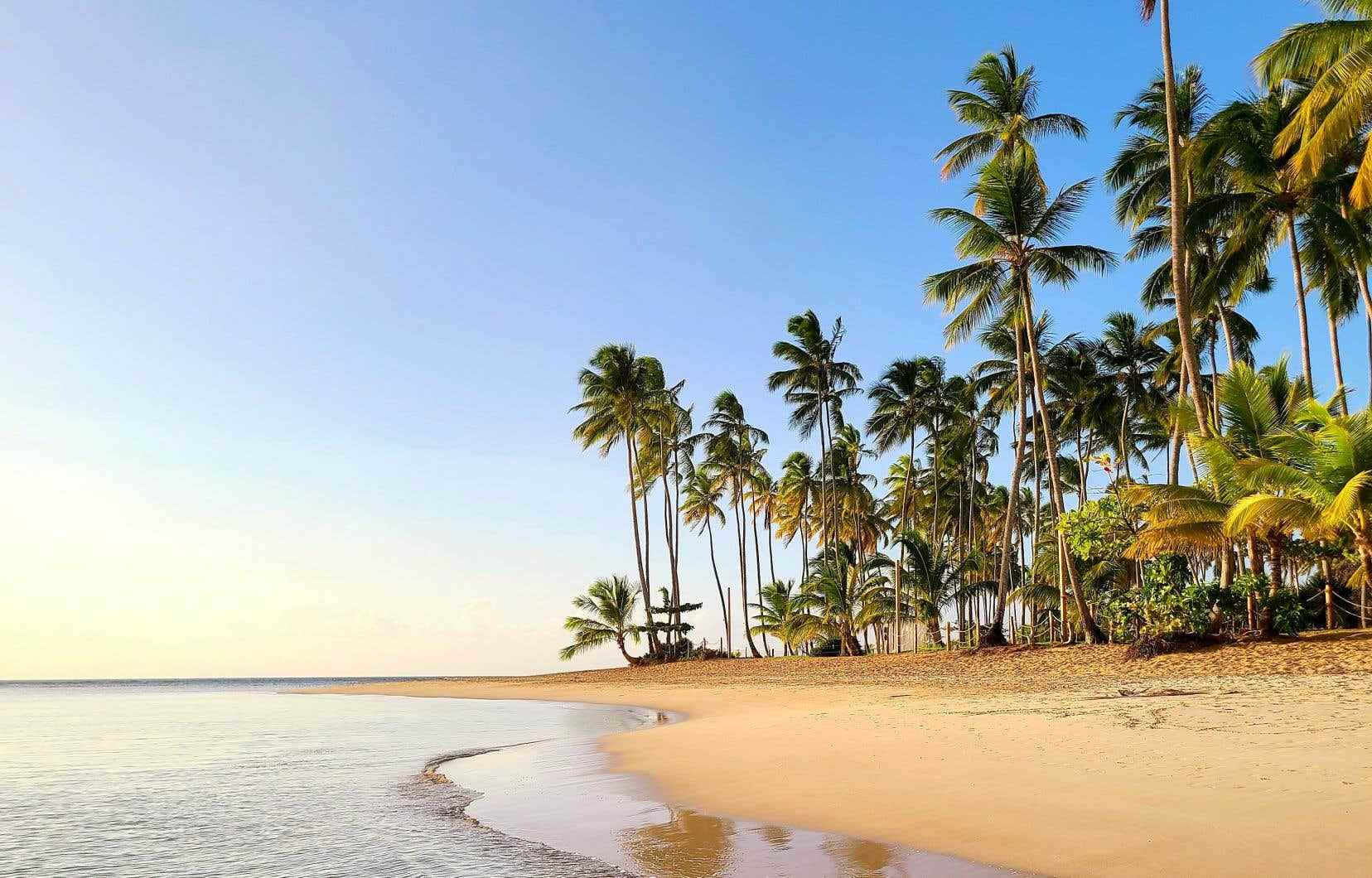This text is part of the special book Plaisirs
Far from Punta Cana and its concrete jungle inexorably nibbling the coastline, the Samaná peninsula offers another facet of the Dominican Republic, more confidential and respectful of its environment.
Yes, you can still find in the Dominican Republic large natural spaces preserved from the devastating effects of mass tourism. On the north coast, bordered by the Atlantic, the Samaná peninsula is home to miles of wild beaches, authentic villages, and a handful of ecolodges nestled between the sea and the mountains, in the heart of verdant landscapes. The kind of place dreamed up to indulge in the pleasures of slow tourism, taking the time to get off the beaten track in a country that has many other things to offer than all-inclusives as far as the eye can see.
There was a time when Las Terrenas was one of the best kept secrets in the Dominican Republic. In recent years, the secret has largely been out. The former fishing hamlet never stops attracting expatriates from France, Italy, Spain and Germany into its nets. But the most European of Dominican towns has been able to develop on a human scale, retaining what made up its charm of yesteryear, like its colorful stalls where you can taste grilled fish, with your feet in the sand.
Under the palm trees, happiness
Only a few minutes from the bubbling center bathed in the hubbub of conchos — the motorbike taxis criss-crossing the streets of the cosmopolitan seaside resort — sublime beaches are available to outdoor enthusiasts. The aptly named Playa Bonita is surely one of the most beautiful in the area, with its sumptuous palm trees that come to soak their roots in a sparkling blue sea, swaying in the gusts of wind. What a joy to be able to walk – and swim – for long hours in this enchanting Eden.
Las Terrenas is also ideally located for exploring the countless gems of the Samaná Peninsula. Just twenty kilometers away, the El Limón waterfall pours its waters more than 40 meters high, in the heart of a luxuriant jungle. If it is one of the busiest sites in the region, that does not detract from the beauty of the place and the magic of this grandiose spectacle. Further south, Santa Bárbara de Samaná holds out its arms to you.
To the good memory of the Taïnos
Less touristy than its cousin Las Terrenas, the capital of the province of Samaná is best known for its bay, which has become a sanctuary for humpback whales following the hard work carried out by Ontario naturalist Kim Beddall. For 30 years, the founder of Whale Samaná has encouraged the protection and responsible observation of the majestic cetaceans that come each year, from mid-January to the end of March, to reproduce in the warm waters of this sumptuous marine refuge.
The courtship of humpback whales is far from the only fascinating spectacle offered in Samaná Bay. On the Los Haitises National Park side, impressive limestone pebbles emerge from the sea to form an extraordinary setting that we are not necessarily used to seeing under the Caribbean sun. Often compared to the iconic karst domes of Halong Bay in Vietnam, these natural nuggets covered with vegetation hide many caves and many petroglyphs inherited from the time of the Tainos, the first inhabitants of the island of Hispaniola.
A tropical wonderland
If this corner of the Dominican Republic has a false air of Southeast Asia, the impression of being transported to the end of the world is even more striking when you take the bumpy road that leads to El Valle. Nestled about ten kilometers from Santa Bárbara de Samaná, the small fishing community is one of the most beautiful places on the peninsula to come and break away from the daily grind and enter into perfect communion with nature. Here, ecotourism is king.
The enchanting Dominican Tree House Village invites adventurers at heart to disconnect from the Internet to reconnect with the environment, lulled by the showers of tropical rain in cabins flirting with the treetops. Not far from there, a couple from Montreal have found their earthly paradise. Alicia Bragalli and Nick Léger have opened the Unique Jungle Gym in El Valle, an eco-friendly gym built with natural and recycled materials, including dumbbells and training machines made entirely of wood.
During the journey to the end of the only paved road that runs through the valley, between bright green pastures and casitas with palm-leaf roofs, yet another marvel awaits us. Facing a raging ocean whose insolent rolls wash up on an almost deserted shore, the splendid beach of El Valle displays an irresistibly wild character. Enough to bury in the sand the last prejudices you could still have about a country with a reputation seriously tarnished by decades of hypertourism and reckless development.
An all-inclusive like no other
This special content was produced by the Special Publications team of the To have to, relating to marketing. The drafting of To have to did not take part.
